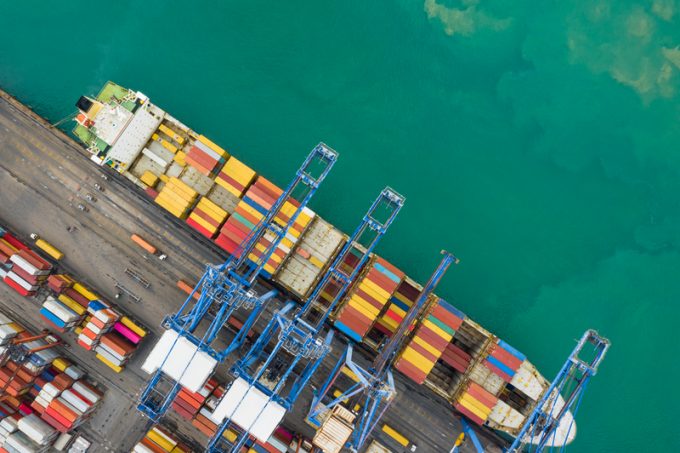Editor's note: Premium turns six
We look forward to hearing from you

Shipping lines’ “cushy liquidity” helped double M&A deal value in the container port sector last year, with more vertical consolidation on the way in 2022.
According to a new report by Ocean Shipping Consultants (OSC), 2021’s supply chain fragility meant “most logistics companies with spot rate services yielded a solid financial performance”.
The bolstered earnings drove vertical capacity acquisition and triggered an “M&A jostle for supply chain dominance between ports and shipping lines”, OSC said.
It added: “Terminal operators and shipping lines acquire ...
Maersk Air Cargo sees volumes fall as it aims for 'margin in favour of revenue'
Keep our news independent, by supporting The Loadstar
Container spot rates diverge: to Europe still falling, but firmer to the US
Hapag-Lloyd won't take bookings if port congestion leaves cargo stranded
Ecommerce likely the front-runner in resurge of transpacific trade after deal
Airfreight players eye new routes as demand on the transpacific nosedives
China-US trade tariff pause could drive a rebound for transpacific rates
Service chaos from trade ban with India a problem for Pakistan shippers
Volume surge and an early peak season? 'Don't celebrate too soon,' warning
Airfreight rates ex-China 'loss-making', but hopes of a trade deal stay high
Indian coastal freight attracts major carriers, but regional tension disrupts
Serious threat to jobs in US logistics as tariffs cause economic 'stagflation'
APMM floats along on 'solid' Q1 profitability in Ocean, well prepared for choppy water
White House u-turns see freighters flying but keep logistics players on their toes
Carriers impose 'emergency operation' surcharges on Pakistan cargo
MSC in terminal switch as Nhava Sheva gets strong start to new fiscal year


Comment on this article